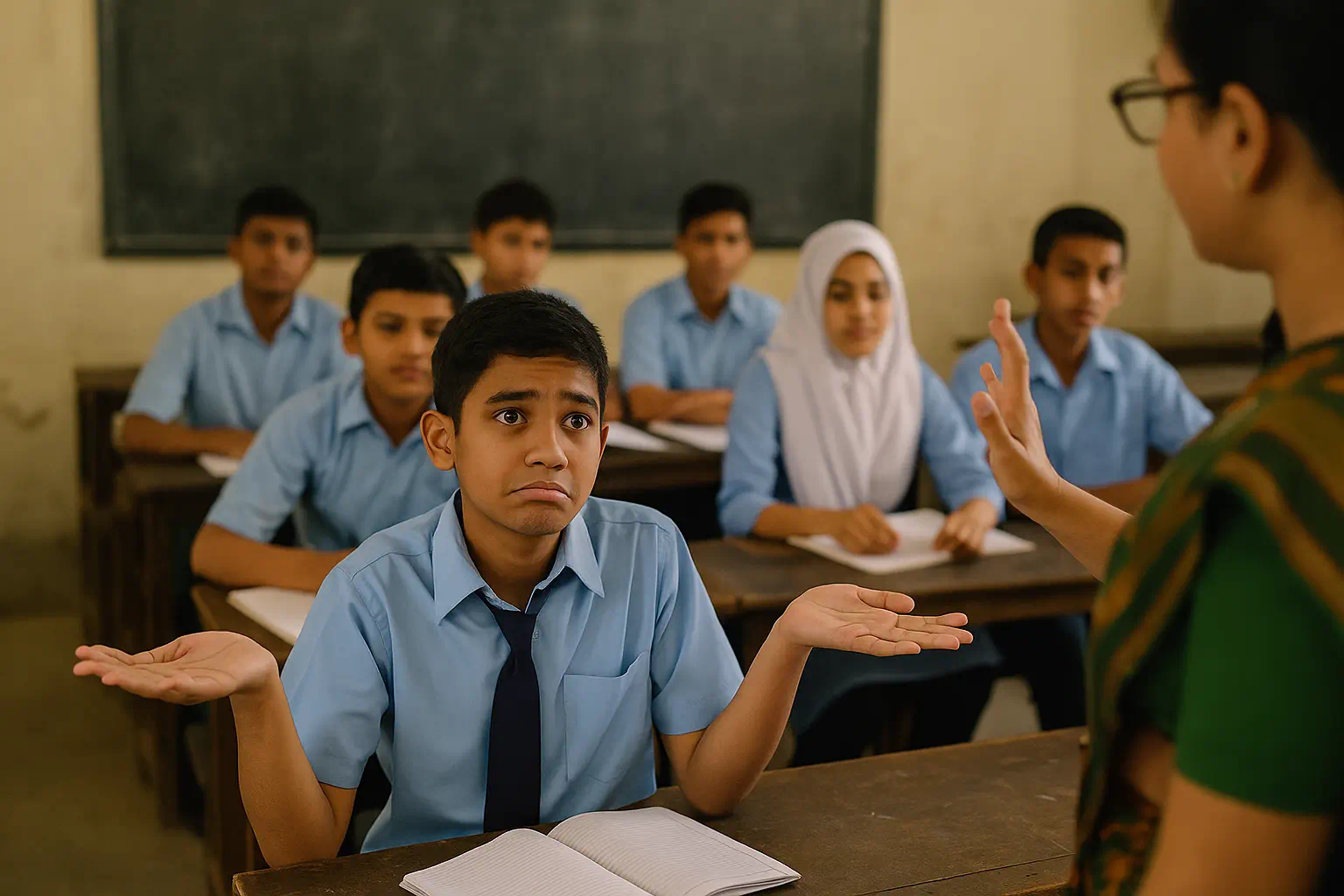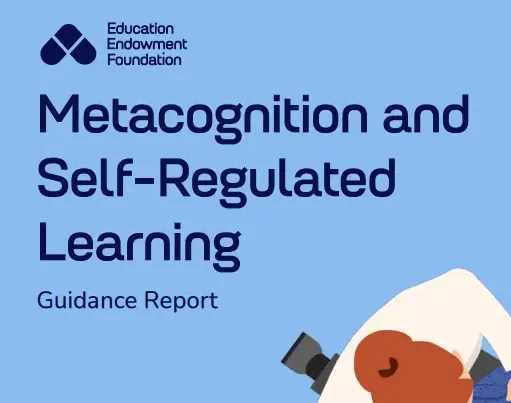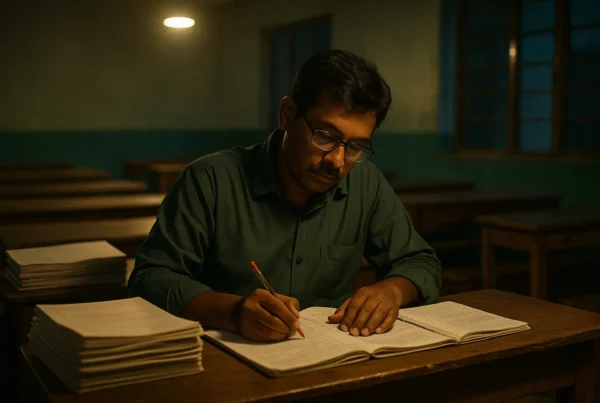“So children – who remembers what we did last lesson?”
7 Steps to Better Memory in Your Classroom
Every teacher has been there: you taught your heart out yesterday, only to be met with blank stares today when you ask what the class remembers. Don’t worry — it’s not you. It’s how memory works.
The good news? With the right strategies, we can help pupils move information from their tiny working memory (like a juggler keeping a few balls in the air) into their vast long-term memory (like a giant library that lasts a lifetime).
Here’s the science in plain English:
-
Working Memory is like your pupils’ mental notepad. It’s tiny — it can only hold a handful of ideas at once (around 4). If you overload it, things get dropped. This is why a child may only remember the first instruction you gave and forget the other two.
-
Long-Term Memory is the library of the mind. It has almost limitless capacity and can store knowledge and skills for years. But to get information from the notepad into the library, pupils must think about it and connect it to what they already know.
-
Cognitive Overload happens when we ask too much of working memory. Too many new ideas, cluttered slides, or complicated instructions can overwhelm pupils so that nothing makes it into long-term memory at all.
That’s why we need to teach in ways that work with memory, not against it. The following 7 steps show how to do just that.
1. Keep It Small and Chunky
Working memory can only handle about four new ideas at once. Overload it, and things fall on the floor. Break learning into small steps, give clear instructions, and check understanding before moving on.
Quirky example: Don’t try to juggle 6 balls at once — even professionals drop them. Teach like a juggler: just a few at a time.
2. Hook into Prior Knowledge
New learning sticks best when it connects to what students already know. Start lessons with a quick recap, ask questions, or use analogies from their world.
Example: When teaching evaporation, compare it to wet clothes drying on the line. It gives their memory a hook to hang the new fact on.
3. Strip Away the Noise
Every extra distraction eats into working memory. Keep slides clean and simple, instructions short and clear, and activities focused on the learning goal.
Tip: Ditch the clipart that looks cute but adds nothing. A single clear diagram beats a cluttered worksheet every time.
4. Model It First
Novices learn faster when we show them exactly how before expecting independence. Worked examples, live modelling, and “I do – we do – you do” reduce the load and give pupils a path to follow.
Example: Write a paragraph together before asking for an essay. It’s the scaffolding that builds confidence.
5. Use Words and Pictures
The brain has two channels — verbal and visual. Use both to strengthen memory. Diagrams, timelines, and concept maps make abstract ideas concrete.
But… only if the visual really helps. A dancing banana next to a maths problem? That’s just stealing brain space.
6. Get It Out, Not In
Learning isn’t just about putting knowledge in — it’s about pulling it out again. Use retrieval practice: mini-quizzes, “brain dumps,” or asking pupils to explain in their own words. Space this out over time to fight forgetting.
Example: Start each lesson with “3 things from last week.” It’s like memory gym — recall makes the learning muscles stronger.
7. Build Routines and Memory Aids
Don’t make pupils carry everything in their heads. Write instructions on the board, use checklists, and establish predictable classroom routines. Once routines are in long-term memory, pupils can focus their working memory on new learning.
Example: A laminated “steps for writing” card on each desk frees up space for creativity.
Final Thought
Children do remember — when we teach in a way that works with, not against, the brain. By chunking, connecting, simplifying, modelling, dual coding, retrieving, and routinising, you’ll make your lessons memorable for all the right reasons.
And if you’d like to go deeper, our company Evidence-Based Teacher Development (EBTD) runs a specialist course on memory. It’s packed with practical strategies, quirky demos, and research-based insights to transform how your pupils learn.





